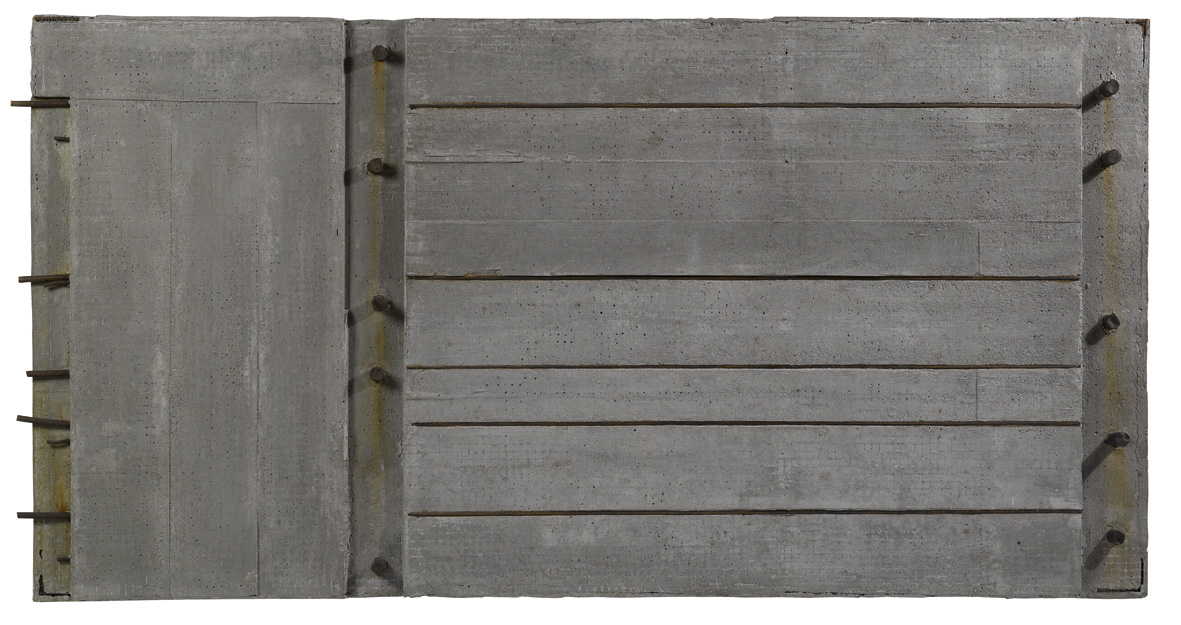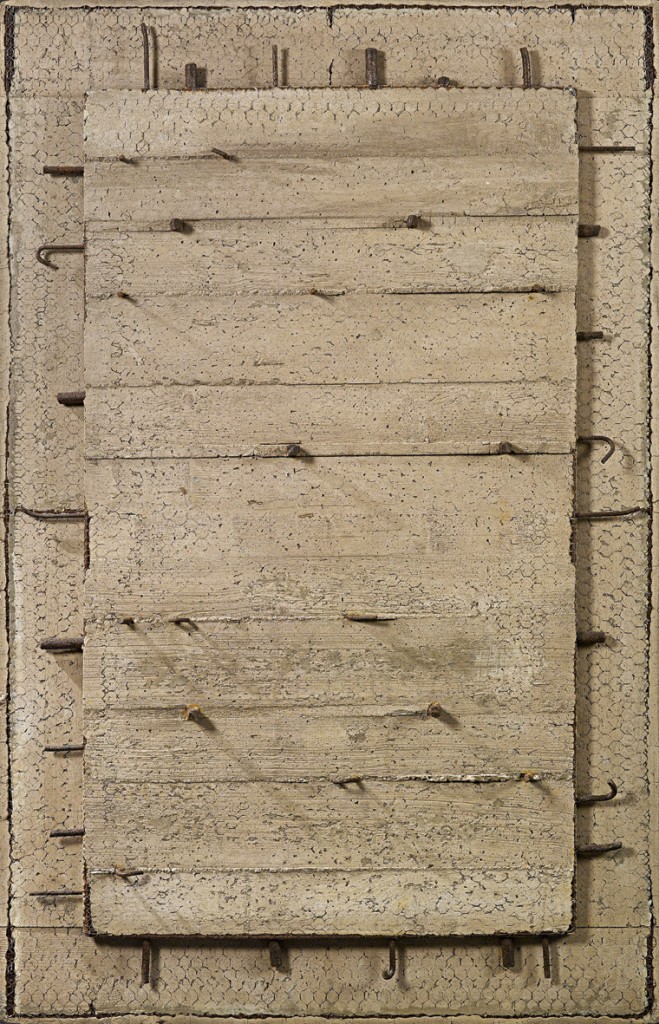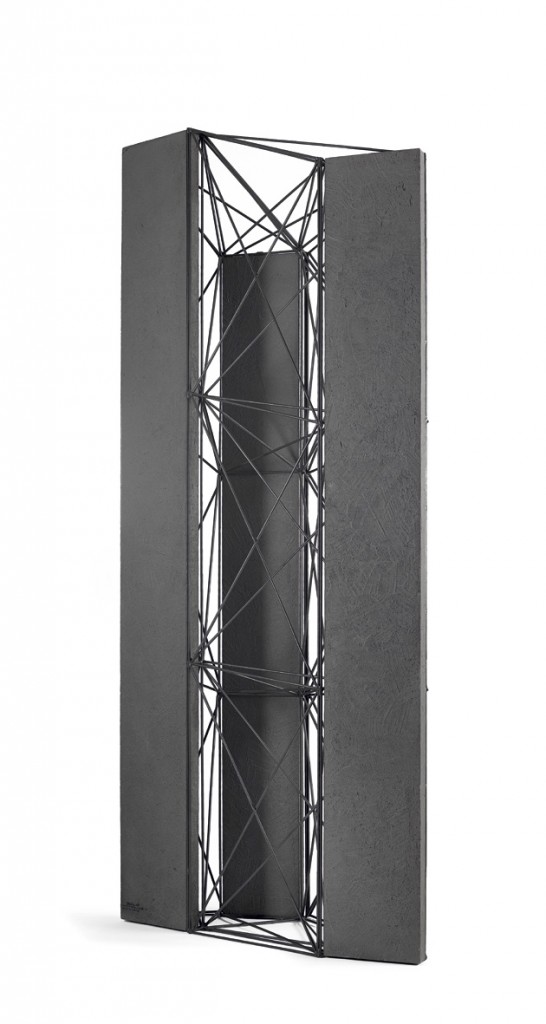
Two works from different creative phases provide insight into the œuvre of the Italian artist Giuseppe Uncini, who sought in his struggle for space to restored the original meanings of objects. After achieving a world record price last year for Giuseppe Uncini, another “Cementoarmato” achieved a top result in Dorotheum´s November evening sale.

The period from the late 1950s to the early 1960s was characterized by the need to keep a certain distance from informal art. From Rome to Milan, the radical manifestations from artists such as Festa, Lo Savio, Schifano, Fontana, Bonalumi and Castellani expressed an urge to find an autonomous dimension independent of the dominant poetic movement of the time. It is within this “poetica dell’azzeramento” (“poetic zeroing”) that we find Giuseppe Uncini.
Born in Fabriano in 1929, he arrived in Rome between 1953 and 1954, settling in the room recently vacated by Burri and showing from an early stage his preference for matter, which would soon become the distinctive feature of his work. Using unconventional elements (such as earth, sand, cement, ash) from the beginning, he achieved a conception of “matter” that was no longer seen as a vehicle of an existential message, but as a pure material with its own shape and autonomy. This is how the series of “Cementiarmati” (“Reinforced concrete”) evolved from the “Terre” (“Earth works”) of 1956– 57, although they were also made from earth, sand or charcoal on masonite supports or canvas. His ambition was to create something that would go well beyond the traditional framework.

The simplicity of concrete and its link to civilisation with its ideas of progress and “constructiveness” make it the perfect element for works which do not aim to “represent” anything but need to be “intrinsically meaningful”, masterfully blending shape, design and project space – in a word: the perfect element for painting, sculpture and architecture.

“When I started to use iron and concrete in 1959 (Cementiarmati), the choice of those materials was not determined by expressive or textural interests, as may have been assumed, but merely as a means for the realisation of an idea. And the idea is always the same; it is fixed, constant. It is ‘building,’ ‘structuring.’ It is probably not even an idea, since I intimately accept it as a fault in my nature.”
After “Cementiarmati” (1957–59), Uncini resorted to producing in well-defined cycles, passing from “Ferrocementi” (“Iron concrete,” 1963) to “Strutture Spazio” (“Structural spaces,” 1965), and from “Mattoni” (“Bricks”, 1969) to “Terracementi” (“Earth
concrete”, 1972) and “Ombre” (“Shadows,” 1972), eventually arriving at his experimental “Spazicementi” (“Concrete spaces”) in 1993. Of all the series created by Uncini, these appear the most free, the most utopian, characterized as they are by the greater creative freedom and the absence of well-defined registers, and based on an entirely new spatial awareness. These works foreshadowed new spatial considerations (2000/01), though once again with a greater geometric regularity (pylons, reliefs, concrete walls, executed between 2000 and 2004).
Whatever the aesthetic and formal outcome of
Uncini’s research, one can certainly conclude by affirming – in the words of Bruno Cora – “that in the hands of Uncini, the materials used in the creation of those works, despite being intrinsically refractory to gracefulness, achieve a very high aesthetic and civil quality.”
(myART MAGAZINE No. 06/2015)
